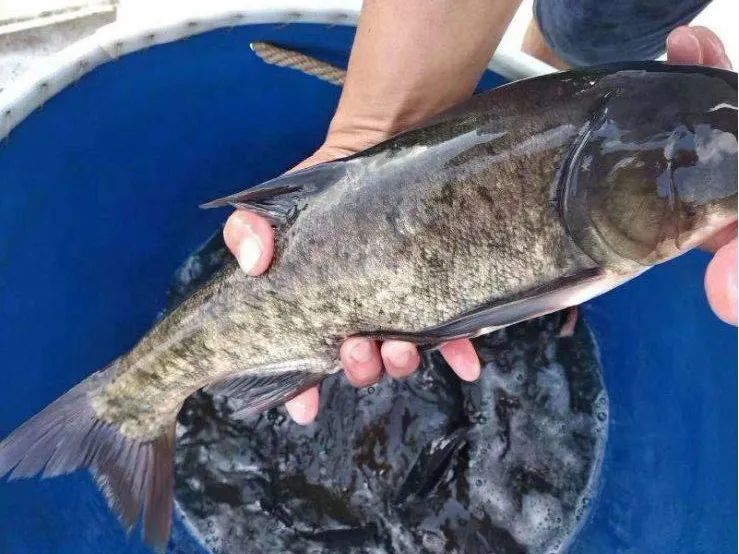
Breeding techniques for bighead carp

1、 Breeding environmental conditions
There is sufficient water source, convenient water injection and drainage, and no pollution sources that pose a threat to the fishing industry within a 10km radius. The pond is ventilated and sunny, and the water quality meets relevant regulations.
(1) Pond requirements:
(2) Pond preparation
Drain the pool water and thoroughly expose the bottom to sunlight. 7-10 days before releasing the seedlings, clean the pond with quicklime. During the cleaning process, add about 10cm of water and dissolve 10-150kg of quicklime per acre before sprinkling the entire pond. After 3-5 days of pond cleaning, water should be injected to maintain a water depth of about 50cm, and basic fertilizer should be applied. The fully fermented human and animal manure should be applied at a rate of 200-250kg/667 square meters, and the amount of commercial organic fertilizer should be used according to the instructions. Fertilization should comply with the requirements of NY/T 394.
2、 Breeding mode
1. Interbreeding of fish in ponds
In early June, 0.03 to 0.05 thousand species of compound bighead carp were intercropped with a specification of 1.5-2 kg/10000 per acre.
2. Adult fish pond and crab pond sets
In early June, the intercropping specification per acre was 5? 6kg/10000 tails of summer bighead carp, 0.02? 0300 tails.
3. Adult fish farming
Adult fish farming mode:
3、 Breeding management
(1) Bait management
According to the principles of "three observations" and "four determinations", feed twice a day at 9:00 am? 10: 00, 4:00 PM? 17: 00, is the daily feeding amount 2.0 times the weight of the fish? 3.0%. According to weather changes and feeding conditions, increase or decrease appropriately, especially in the later stages of aquaculture.
(2) Water quality management
Water is the material that fish rely on for survival, and the quality of water directly affects the feeding and health of fish, as well as their production performance. Therefore, it is necessary to strengthen water quality management, take timely measures according to changes in the pond environment, and improve water quality conditions.
1. Regularly add new water: In the early stage of breeding, add 1 water per month? Add new water twice to increase the water level of the pond from 1.5 meters to about 2.0 meters. During the middle of the breeding period, add new water every 10 days, 20 meters each time? 25cm, add new water once a week in the later stage, and discharge some old water according to the water quality and fertilizer content. Control the transparency of the pool water to around 30cm to keep it "fat, active, and fresh".
2. Regular sprinkling of quicklime and probiotics: Use lime once every two weeks, with a dosage of 10 per acre? 15 kilograms, mix with water and sprinkle all over the pool. According to changes in water quality, use microecological agents and substrate improvers to quickly decompose organic matter such as residual bait and feces, and degrade harmful substances such as ammonia nitrogen and nitrite.
3. Correct use of aerators: The use of aerators should follow the principle of "three on, two off".
"San Kai" refers to: ① turning on the aerator at noon on sunny days; ② Turn on the machine the next morning on a cloudy day; ③ Continuous rainy night power on.
"Two cannot be turned on" refers to: ① not turning on the aerator in the evening; ② Do not turn on the aerator at noon on cloudy and rainy days.
(3) Fish disease prevention
Bighead carp hepatobiliary syndrome: The diseased fish has severe anemia, pale gills, gray white or yellow liver, large liver, round edges, jaundice, and the surrounding intestinal muscle tissue is yellow green or even olive green. Liver tissue necrosis with waxy lesions, tearing open and a large amount of oil droplets floating on the water surface.
